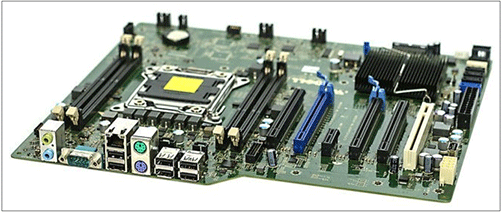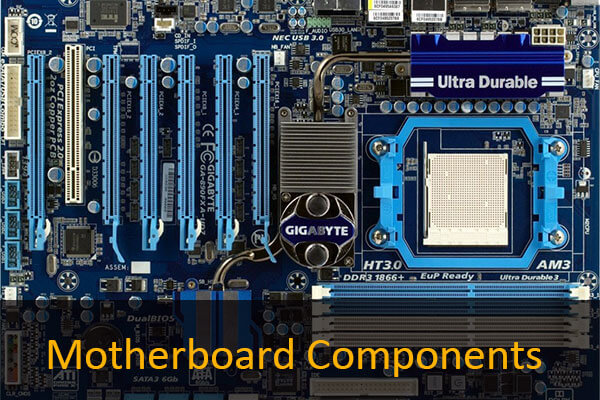What’s the safe temperature range for motherboard? How to check motherboard temperature? Why is my motherboard temperature high? What to do if the motherboard temperature is over 100? This post from Partition Magic shows you all.
Overview of Motherboard
A motherboard is the main printed circuit board (PCB) in general-purpose computers and other expandable systems. It holds and allows communication between many of the crucial electronic components of a system, such as the central processing unit (CPU) and memory, and provides connectors for other peripherals.

A motherboard usually contains a chipset that forms an interface between the CPU, main memory, and peripheral buses, non-volatile memory chips containing the system’s firmware or BIOS, and various slots or connectors used to plug in CPU, memory, hard drive, and other devices.
How to Check Motherboard Temperature?
The motherboard also has temperature, voltage, and fan-speed sensors that allow software like HWMonitor and Speccy to monitor the health of computer components (like CPU, RAM, the chipset, etc.).
Some motherboards even allow you to check the motherboard temperature in BIOS. Unfortunately, it only allows you to check the current temperature of the PC. It does nothing to monitor the temperature over time as you use Windows, particularly when your PC or laptop is busy with heavy loads.
What’s the Safe Temperature Range for Motherboard?
Making the PC motherboard run in a safe temperature range can prolong the service life of the motherboard. Then, what’s the safe temperature range for motherboard?
In general, the safe motherboard operating temperature typically falls within a range of 30°C to 80°C. The idle motherboard temperate should be lower than 60°C and the load motherboard temperate can be up to 80°C.
Some specific motherboard models are even designed to tolerate temperatures as high as 125°C without incurring physical damage. In addition, the motherboard also has a safety feature, which will limit the power supplied to your hardware once the motherboard temperature is too high.
Why Is My Motherboard Temperature High?
The following factors may cause the motherboard temperature over 100 issue.
- You have overclocked the CPU, GPU, or RAM.
- The motherboard design is bad so it cannot exhaust heat in time produced by high-performance components.
- The case airflow and cooling system design is bad.
- Your computer has run demanding applications for extended periods.
- You haven’t cleaned the PC for a long time and the dust accumulates in the case.
How to Lower Motherboard Temperature
Is your motherboard temperature over 100? High motherboard temperature will reduce component lifespan, cause the system unstable or crash, and even damage the component permanently.
Therefore, if your motherboard temperature is high, you should lower it. How to lower motherboard temperature? Here are some ways.
- Stop overclocking.
- Improve case airflow. You can refer to this post: PC Fan Direction: How to Install Fans in PC.
- Upgrade the CPU, GPU, and RAM cooler.
- Clean the PC fans and other parts.
- Replace the thermal paste.
- Undervolt the CPU and GPU. It will reduce the voltage supplied to the CPU and GPU so as to decrease heat generation during less demanding tasks.
- Upgrade the PC case.
Bottom Line
How to check motherboard temperature? What’s the safe temperature range for motherboard? Why is my motherboard temperature high? How to lower motherboard temperature? This post introduces nearly all things about the motherboard temperature.


User Comments :